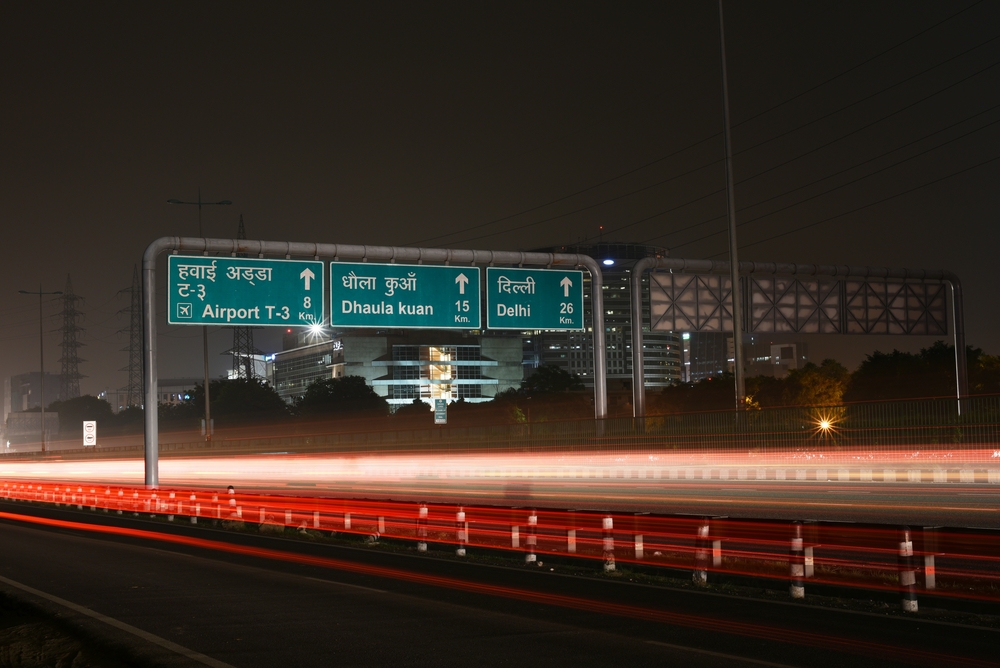Is Gurgaon Monsoon Ready?

Monsoon is about to hit north India in the next 15 days is certainly good news, but those who witnessed the 12-hour mayhem in Gurgaon last year would not be comfortable with it. While the majority of the areas in the town were submerged in water, daily commuters were caught in between their office and home for up to eight hours last year.
Is the city better prepared this time? Let us find out.
Cleaning of Badshahpur Drain
While the Haryana Chief Minister is looking into Gurgaon civic work keenly, the Chief Secretary to the CM has been taking rounds of the town to keep an eye on the ongoing work. The major attention of the entire preparation is Badshahpur Drain which carries off rainwater from the city. Earlier, severe encroachments over the drain had resulted in choking of this drain, ultimately causing waterlogging in Gurgaon. The drain which runs for over 40 km is actually 30-metre wide but has been narrowed down to 10 meters near Khandsa Village as landowners have encroached the area. The reduced size is not enough to hold the load of rainwater received from nearby residential areas, causing flooding at Hero Honda Chowk, Sector 33, 34, 37 and other settlements nearby.
After several requests from the authorities, Khandsa residents have agreed to relinquish the land but are yet to receive compensation. It would take a month more to begin widening work.
Pre-rain cleaning
To prevent flooding in residential sectors, municipal authorities have started cleaning work of rainwater harvesting pits. The entire cleaning work would be finished by a June 15, Municipal Corporation of Gurgaon chief engineer told media. Apart from this, the city municipal commissioner has requested local residents to notify the authority of any problems so that it can be solved before the monsoon approaches.
The de-silting work has also been started at the Old Delhi-Gurgaon Road months back, but the process has yet to complete. Drains have been cleaned manually while the clogged drains are being cleaned by sewer suction machines.
What makes Gurgaon more vulnerable to waterlogging is its low-lying level. Runoff rainwater from the Aravallis and Chattarpur reached Gurgaon. However, destruction of the natural drainage basin, encroachments over ponds and embankments due to rampant construction have made Gurgaon more exposed to flooding.
***
Gurgaon roads flood even when it rains for an hour. And, this became evident yesterday (July 28), after the rains. The roads in Gurgaon were clogged and people were stuck in the traffic for more than six hours. This is not unusual, because whenever the monsoon is good, roads in Gurgaon are flooded. It is strange that rain freezes economic activity in Gurgaon, which is one of the most sought-after office space destination in India. Here are five reasons why roads in Gurgaon are clogged:
- Many blame this on urbanisation and rampant real estate development. But a year ago, when rains flooded Gurgaon, the effects were felt the most in rural areas like Kankrola village. The dysfunctional dam in Kankrola village, and the clogged drains in Mewat, led to greater flooding. This suggests that the blame should be largely placed on poor infrastructure and insufficient drainage system. The government, for example, has not done enough to protect the sensitive points along the banks of the Yamuna. This also leads to further deterioration of infrastructure. In 2015, for example, rainfall had led to cracks on a newly constructed railway overbridge.
- Unhindered real estate development is seen as one of the major reasons why roads get clogged even when the rainfall is not heavy. As the argument goes, not much attention is paid to the environmental effects. However, commercial and residential projects are built in low-lying areas, or areas where infrastructure is not well-developed. This is because in Indian cities, higher floor area ratios (FARs) are not allowed in areas where demand is the highest. Urban local bodies, however, allow developers to build in areas where infrastructure is poor, allowing them to pay for building tall buildings. This raises population density in areas where good infrastructure does not exist, intensifying the consequences of natural disasters.
- Infrastructure in Gurgaon and other Indian cities is often encroached on by low-income households. In Chennai and Mumbai, when floods happened earlier, part of the problem was that low-income households were encroaching on public infrastructure like drainage. This led to clogging of drainage, and flooding.
- In Gurgaon, rainwater drainage is used to carry sewage and industrial waste, even though this is against the law. Drainage systems are clogged because of sewage and industrial waste, increasing the likelihood of roads being covered by water even when rainfall is modest. According to the National Green Tribunal, drains in the city must be obstruction-free. No rainwater drain should be covered or used to carry sewage.
- Some environmental activists argue that authorities have allowed real estate development in a way that it preventing water channels from allowing water to flow out of the city. According to them, such practices do not respect the topography of the city.
With inputs from Shanu Athiparambath